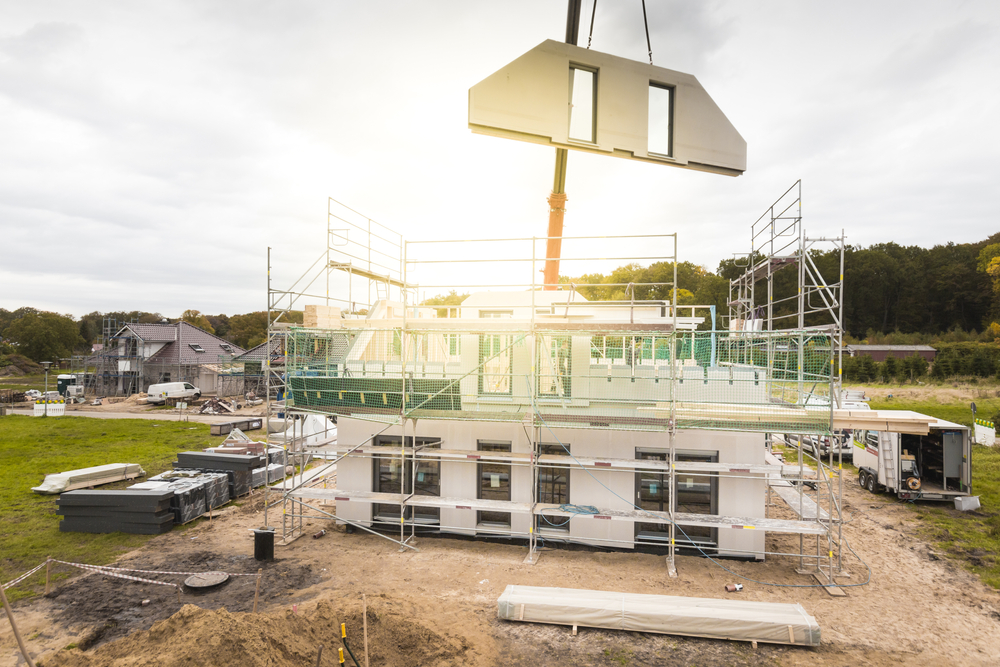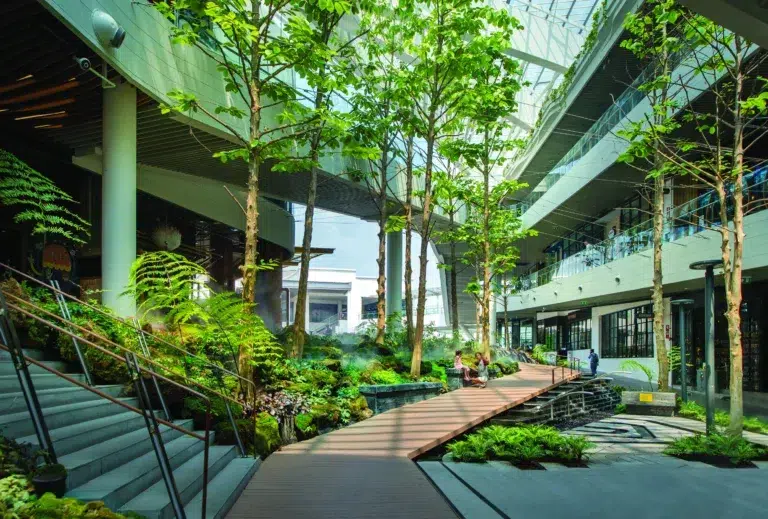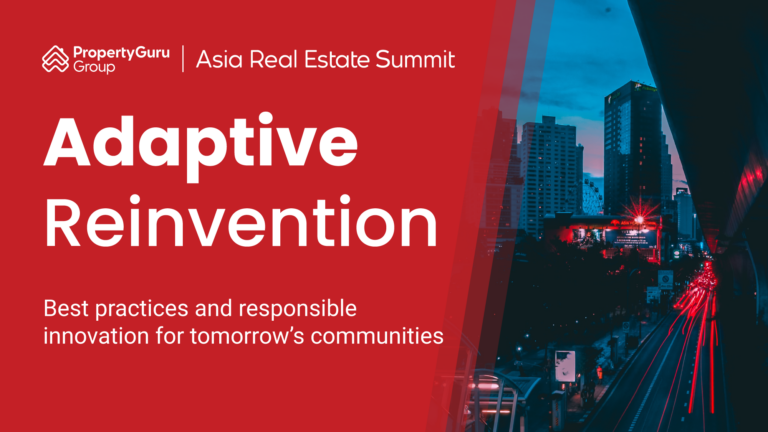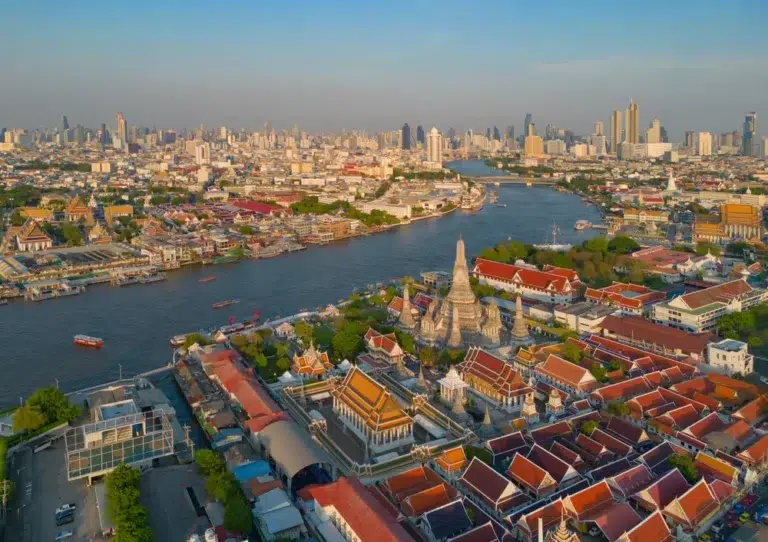Creating the base with prefabrication
The use of the method has been growing in frequency, especially because of the benefits it gives

Construction has been looking for ways to cut down on carbon emissions as well as construction costs, especially as the economy is shifting towards its goal of net zero. This is why many people have been leaning towards prefabrication which Britannica defines as assembling buildings or their components somewhere that is not the location site.
While the modern sense of prefabrication dates back to 1905, it remains a method still well-used to this day. Massive structures have been prefabricated since World War 1 and carried on throughout the years, especially in the United States, the Soviet Union, and western Europe. Prefabrication is one of the instances that had architects, suppliers, and builders even more hands on and cooperative for the sizeof the different units.
More: Proptech paves the way for green building adoption in developing countries
There are multiple advantages when it comes to using prefabricated structures. Prefabricated Steel Structure experts from Allied Buildings reported them as time and cost-effective due to it being designed for easy assembly. Prefabricated structures are also reliable, durable, and customizable, especially with modern developments helping manufacturers create different coloured palettes and panels.
Prefabrication is also more sustainable due to its ability to be re-used multiple times while preventing the release of toxic fumes during the construction process. It makes the units much lighter, faster to work with, and less likely to cause mistakes in the building’s construction. This is why people have been looking towards prefabricated buildings in order to have their sustainable and sturdy homes.
The Property Report editors wrote this article. For more information, email: [email protected].
Recommended
6 ways Bang Na (Bangkok) is raising the bar for urban living
This Bangkok enclave flaunts proximity to an international airport, top schools, and an array of real estate investment options
ARES White Paper Volume 3: The era of adaptive reinvention
Pioneering sustainable and innovative practices in urban development
ARES White Paper Volume 2: Unravelling the power of data revolution in real estate
Insights on proptech, smart cities, and sustainable development
ARES Digital White Paper Volume 1: The fundamentals of responsible building
Green and climate heroes join forces to discuss how Asia Pacific can weather the current environmental crises and the looming effects of climate change






